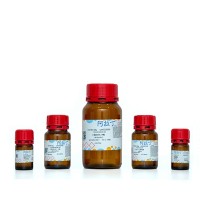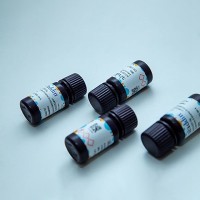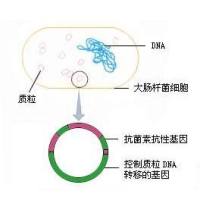Back to Basics: pBR322 and Protein Expression Systems in E. coli
互联网
551
The extensive variety of plasmid-based expression systems in E. coli resulted from the fact that there is no single strategy for achieving maximal expression of every cloned gene. Although a number of strategies have been implemented to deal with problems associated to gene transcription and translation, protein folding, secretion, location, posttranslational modifications, particularities of different strains, and the like and more integrated processes have been developed (1 ,2 ), the basic plasmid-borne elements and their interaction with the particular host strain will influence the overall expression system and final productivity (3 ) (see Chapters 1 –3 ).
Plasmid vector pBR322 (4 ) is a well-established multipurpose cloning vector in laboratories worldwide, and a large number of derivatives have been created for specific applications and research purposes, including gene expression in its natural host, E. coli , and few other bacteria. The early characterization of the molecule, including its nucleotide sequence, replication and maintenance mechanisms, and determination of its coding regions, accounted for its success, not only as a universal cloning vector, but also as a provider of genes and an origin of replication for other intraspecies vectors (5 ,6 ). Since the publication of the aforementioned reviews, novel discoveries pertaining to these issues have appeared in the literature that deepen the understanding of the plasmid’s features, behavior, and impact in gene expression systems, as well as some important strain characteristics that affect plasmid replication and stability.
The objectives of this review include updating and discussing the new information about (1) the replication and maintenance of pBR322; (2) the host-related modulation mechanisms of plasmid replication; (3) the effects of growth rate on replication control, stability, and recombinant gene expression; (4) ways for plasmid amplification and elimination. Finally, (5) a summary of novel ancillary studies about pBR322 is presented.









